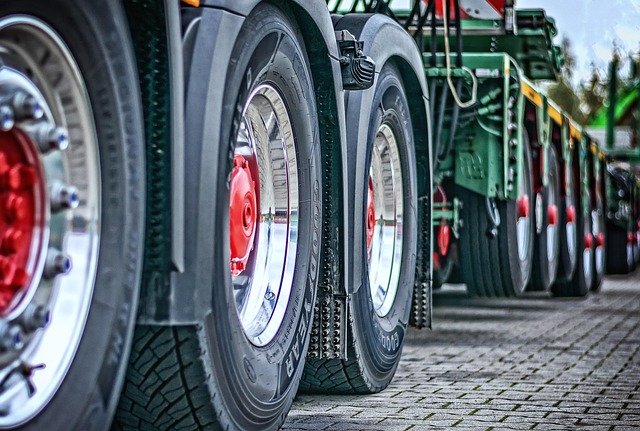ATV and Quad Guide for Owners and Operators
All-terrain vehicles (ATVs), often called quads, are compact, versatile machines used for recreation, work, and transportation across challenging terrain. Understanding how to select, transport, maintain, and safely operate an atv or quad helps owners get the most from their vehicle while reducing wear and risk. This guide covers practical considerations for trailers, dump trailer use, vehicle transport, and basic machinery upkeep so readers can make informed, safety-minded choices.

atv: Key uses and types
ATVs come in several configurations: sport models focused on speed and handling, utility quads designed for hauling and work, and youth sizes built for smaller riders. Consider engine size, suspension travel, braking systems, and intended terrain when comparing models. Utility machines often have racks and towing attachments useful on farms or job sites, while sport quads prioritize lightweight frames and agility. Rider skill, local regulations, and storage needs also influence the right choice. Regular inspections of tires, controls, and electrical systems keep any atv ready for safe use.
trailer: Choosing the right trailer
When moving an atv, selecting a trailer that matches its weight and dimensions is crucial. Single-axle trailers can be adequate for light machines, while heavier quads or two machines often require tandem-axle designs for better stability. Look for features such as integrated ramps, tie-down points, and a compatibility with your towing vehicle’s hitch and payload capacity. Consider whether you need enclosed protection from weather or an open deck for easy loading. Proper tire pressure, secure fastenings, and evenly distributed weight on the trailer improve safety during transport.
dump trailer: Uses and loading tips
A dump trailer can be practical when an atv is used in landscaping, construction, or property cleanup tasks. These trailers make it easier to move and unload bulk materials like gravel, soil, or brush hauled by an atv or quad. When loading a dump trailer from an atv, ensure the load is balanced front-to-back and side-to-side; heavy items should sit over the trailer axle to minimize sway. Secure smaller items with straps, and use ramps rated for the combined weight of the atv and rider. Routine maintenance of the dump mechanism and hydraulic components extends service life.
vehicle: Transporting ATVs safely
Transporting an atv inside or on a vehicle requires attention to vehicle payload and trailer tongue weight. The towing vehicle’s gross vehicle weight rating (GVWR) and hitch class determine safe towing limits. If carrying an atv in a truck bed or enclosed van, check that the vehicle’s suspension and tires are rated for the load and that the atv is tied down using high-quality ratchet straps. Loading and unloading should be done on level ground with chocks in place to prevent movement. Proper lighting and reflective markers on trailers improve visibility for other road users.
machinery: Maintenance and attachments
Routine maintenance keeps atv machinery reliable and minimizes downtime. Follow manufacturer service intervals for oil, filters, and coolant, and inspect drive belts, chain or shaft drives, and electrical connections. Grease fittings and suspension pivots as recommended, and replace worn tires or brake pads promptly. Attachments such as plows, winches, or sprayers expand functionality but also add load and stress; ensure mounts are correctly rated and wired. Store batteries in a cool, dry place during off-seasons and run periodic checks so the machine is ready when needed.
Conclusion
ATVs and quads are adaptable pieces of equipment that serve recreational and practical roles across many environments. Choosing the appropriate model, matching it with a suitable trailer or dump trailer for your tasks, following safe vehicle transport practices, and maintaining the machinery carefully will lengthen service life and reduce hazards. Keeping load distribution, tie-downs, and scheduled maintenance as priorities helps owners use these vehicles effectively and responsibly.






